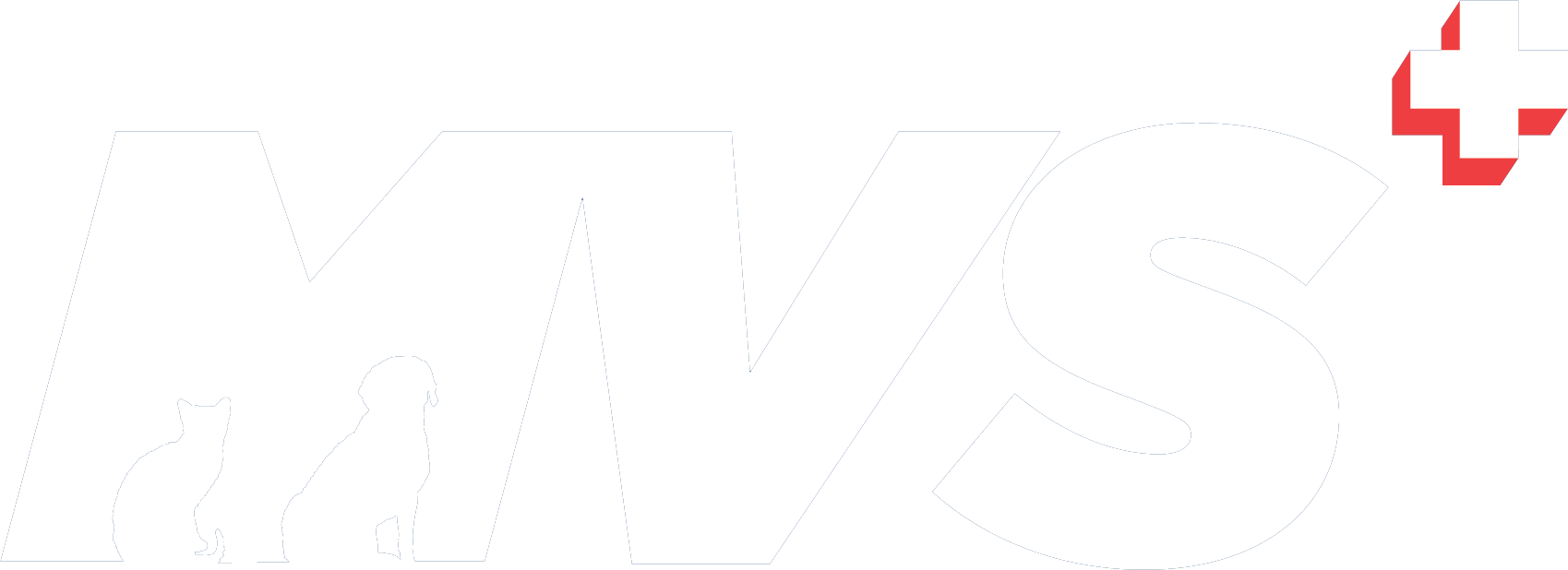
 Menu
Menu
Superficial Digital Flexor Tendon Luxation

What is Superficial Digital Flexor Tendon Luxation?
The superficial digital flexor muscle and tendon form the most superficial part of the Achilles’ or calcanean tendon group. The other tendons of this group attach to the calcaneus (point of the hock) whereas the superficial digital flexor tendon (SDFT) continues over the point of the hock and down the back of the leg before splitting into branches to each toe. The SDFT and its muscle of origin act to flex the toes. Luxation is the medical term for dislocation. The tendon is held in place by soft tissue structures (retinacular attachments). If these structures are damaged, it can allow the SDFT to slip off the calcaneus (point of the hock), usually in a lateral direction or towards the outside of the leg.
Cause
The injury is usually associated with vigorous activity and may be caused by a twisting force applied to the tendon’s insertion on the calcaneus. The medial (inside) retinacular attachments seem to be less well defined than the lateral insertion and may rupture more easily causing the SDFT to slip towards the outside. However, an abnormal shape of the end of the calcaneus bone may play a role in some cases of dislocation.
Signs
Sudden onset of hind limb lameness is a common presentation. Intermittent severe lameness may be interposed with periods of mild lameness. An intermittent popping sound may be heard each time the tendon dislocates. Swelling over the point of the hock is common.
Diagnosis
On examination by an experienced orthopaedic surgeon a popping sensation may be felt as the hock is flexed and extended. The tendon can sometimes be palpated in the luxated (dislocated) position and then reduced as the hock is extended. Flexion then results in reluxation. Radiographs may be recommended to rule out fractures or other problems with the bones. Often the only finding is swelling over the Achilles’s tendon.
Treatment
Surgical Repair
An incision is made along the hock on the side opposite the direction of the luxation. The tendon is reduced to its normal position. Sutures are placed re-joining the tendon to its torn soft tissue attachments. If there is limited soft tissue for the tendon to be reattached to, it may be necessary to use screws or bone tunnels as another method of attachment.
Following surgery, the lower limb may be supported with a splint. Exercise is restricted postoperatively.
Outcome
Return to normal function can be routinely expected.
Stay in touch
Follow us on social media and keep up to date with all the latest news from the MVS clinic.



